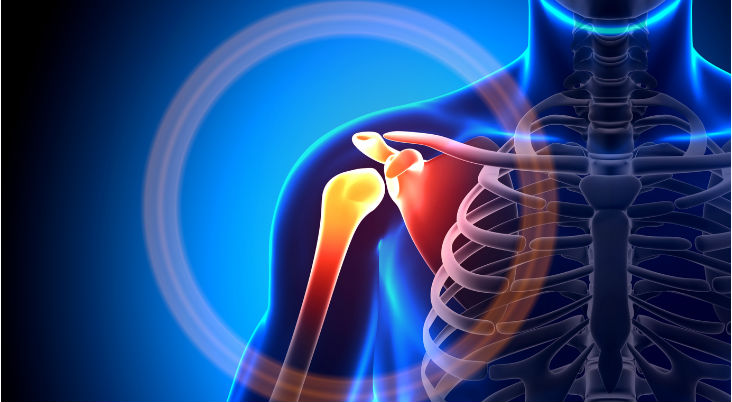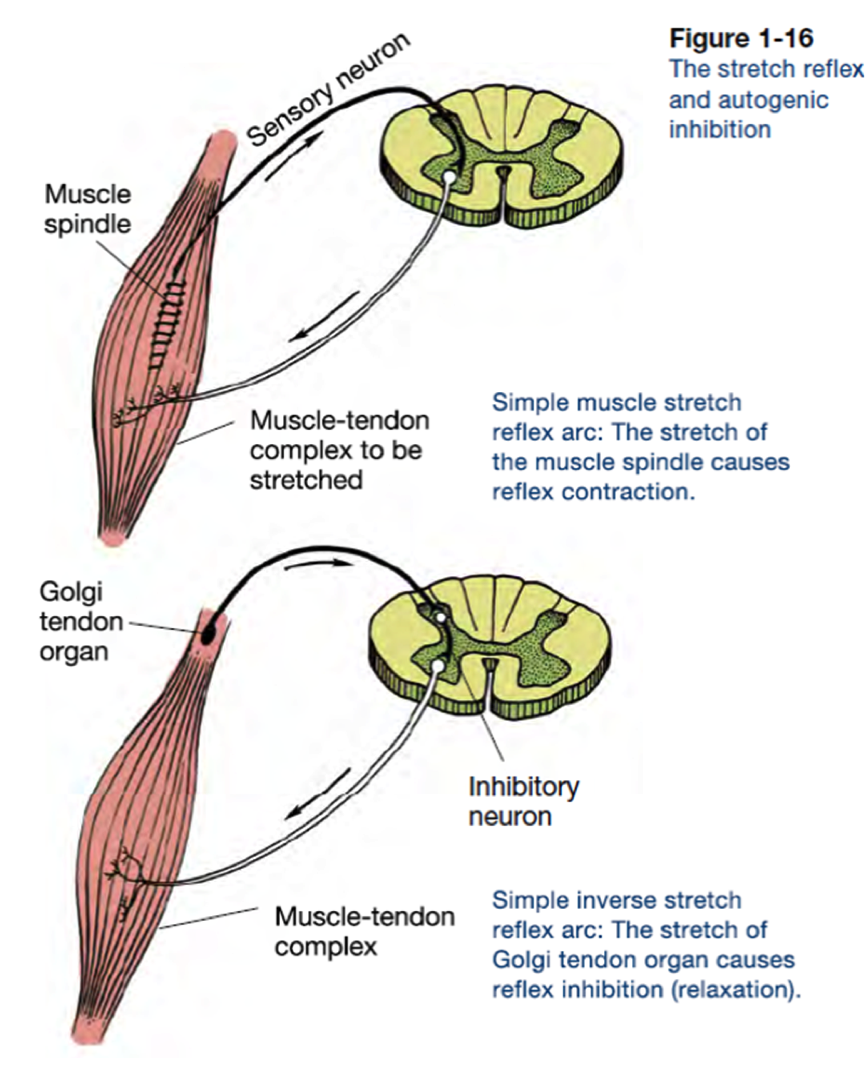
Tendon Attachment Therapy(TAT)-method is based on that muscle skeletal pain is 90% due to abnormal tension in the muscles and these pains can be reduced by pressing on attachments of these tense muscles.
To prevent a relapse of the muscle, a daily tailored stretching program with fundamental exercises of the weak muscle groups is the best combination for a functional pain free body.
The method is based on Alexander the great who lived around 300 years BC, then the method is believed to made it’s way to India, moving forward towards Asia where being practiced by Shaolin Monks in the years of 400-500 AD, to finally make it’s way back to Europe.
Today TAT technique is only participated by the leading doctors and therapist as it requires skill and knowledge about the human anatomy and physiology to implement the technique in a effective, safe and functional way.
With my knowledge in Biomedicine of the human body, treating the affected area with Low level light therapy (Biolight) (energy) regenerating and restoring the function on a cellular level, together with Tendon Attachment Therapy I get great results from my clients. Most often they are feeling better and more pain-free already after one or two sessions. In best cases the client ultimately forgets after a few sessions that she or he had pain or injury from the beginning.
But what I see as a therapist that is the most important of all regarding treatment of injuries or conditions: actually treating the problem at it’s very core instead of only trying to take away the symptoms is a great difference.

Treating the problem or the symptoms?
Most methods that are practiced today in clinics and hospitals is merely just treating the symptoms to produce short term relief of the problem, using Cortisone injections and pain-killers has become the new normal. Yes the client maybe gets a relief for a short period of time but as no action is taken to actually heal the very root of the problem the problem will come back soon and you are very you started.
Pain is simply information from our body that something is not in harmony and it is seeking care and attention by sending signals of pain to our nervous system. Instead of trying to remove these signals we can follow the information and so often go to the very root of the problem
I have frequent clients that inform me that they are ever grateful for my help as they have often for a longer period of time actively been seeking help from several doctors, physiotherapists and specialists without being offered any long-lasting help.
Chronical Muscle Tension

Chronical muscle tension leads to no or minimal flow of blood to the cartilage. This leads to the cartilage degenerating due to the lack of nutrients coming from the usually ongoing blood flow. As the cartilage is degenerating it is to be eaten up by white blood cells and this causes an inflammation.
Inflammation causes swelling and pain in the joint which causes more tension which causes more joint injuries, this “evil” circle is the condition that is called Artrose.
Chronical tense muscles becomes:
- Thinner
- Less range of motion
- Less powerful
Chronic tension can be restored in the muscles 3 ways:
- Tendon Attachment Therapy
- Rehabilitation Exercise
- Stretching
Tendon Attachment Therapy
The technique is scientifically based in that in every muscle there is Golgis Tendon Organ (GTO)

The main task of the GTO is to register and sense change of muscular tension . When it is stimulated by increased tension the muscle automatically relaxes as a result from neuralsignals from the nervoussystem in the spine fluid. This is also called “inverse strecth reflex” or “tendon reflex”
By pressing on the GTO by the tense muscle attachments we can produce a reflex inhibition ( relaxation ) of muscles that have been in tension for longer period of time sometimes even years. As the muscles relax blood with nutrients can start to flow again and the function of the muscle can be restored to its natural state.
Are you struggling with pain? Do you want to learn more ? Or maybe you are a therapist interested in learning the Tendon Attachment Therapy? Feel free to contact me today at info@mikaeldabrowski.com
Please share and comment this post
Regards
Mikael Dabrowski

